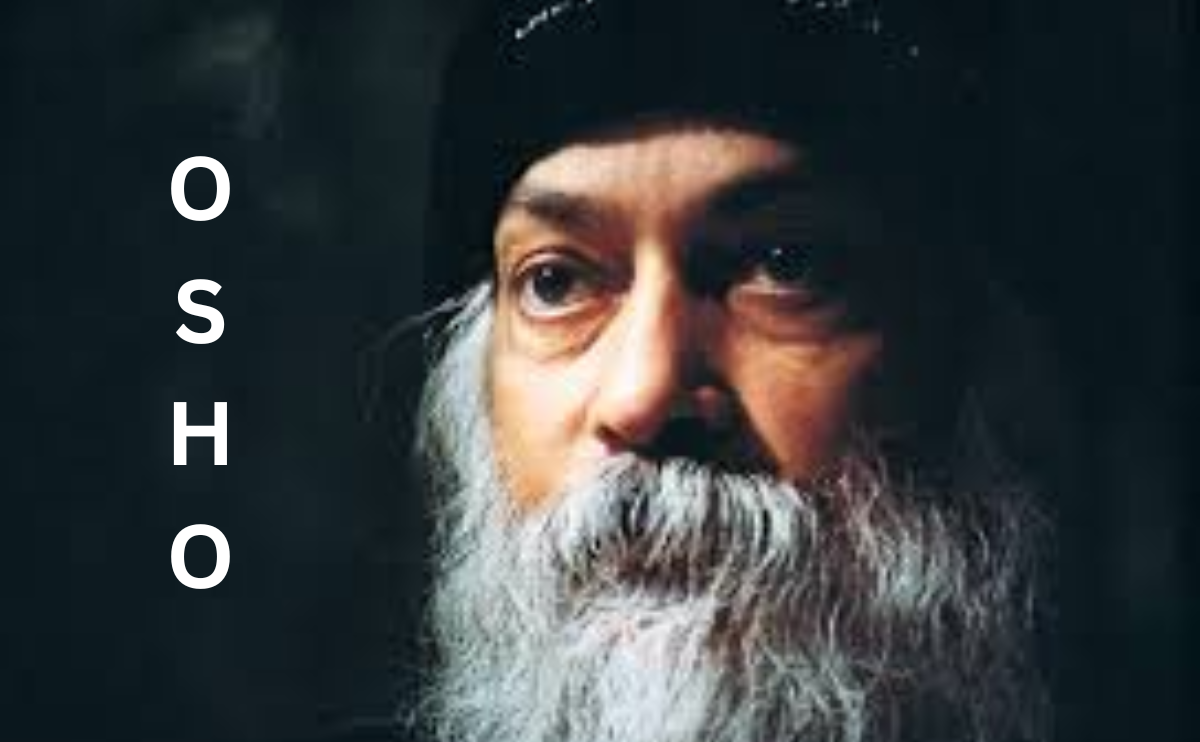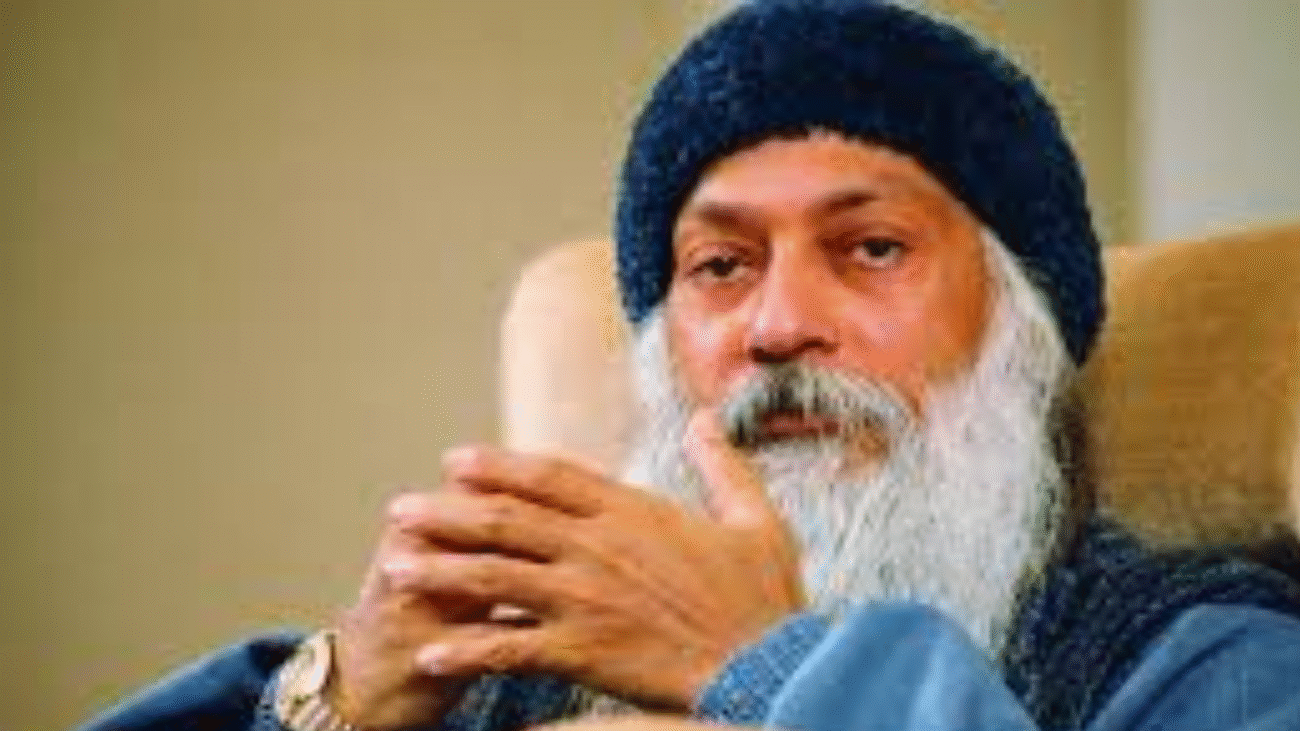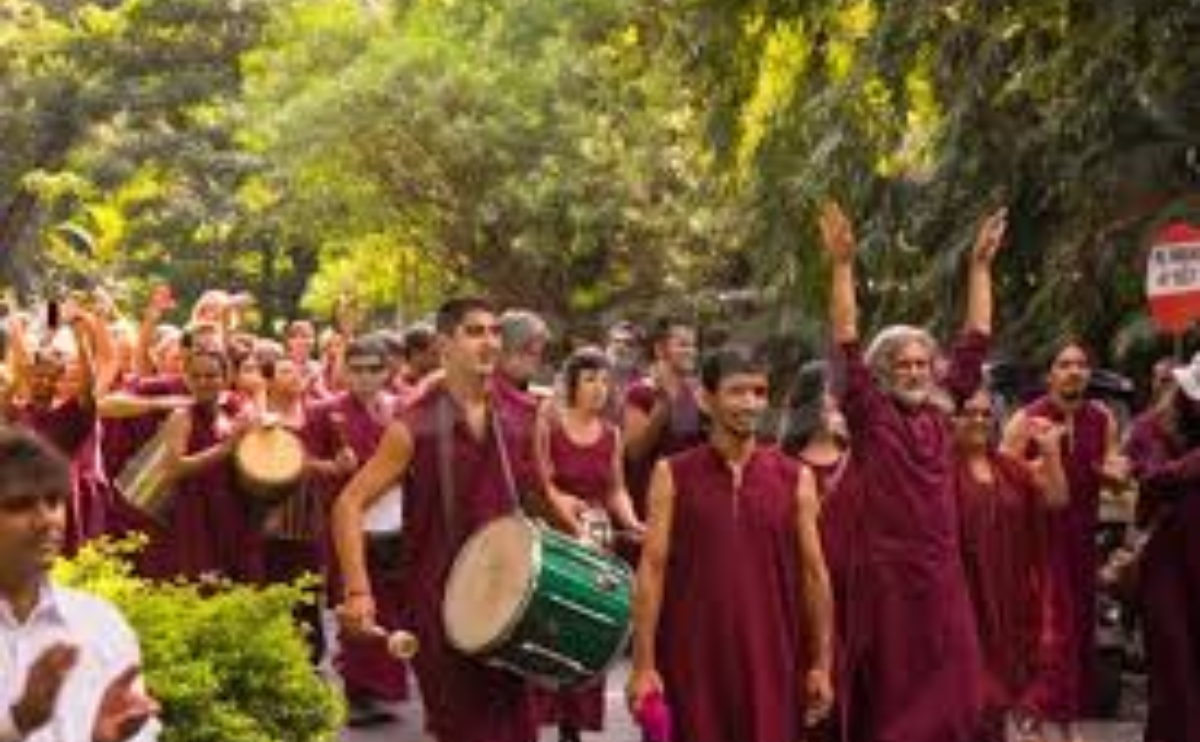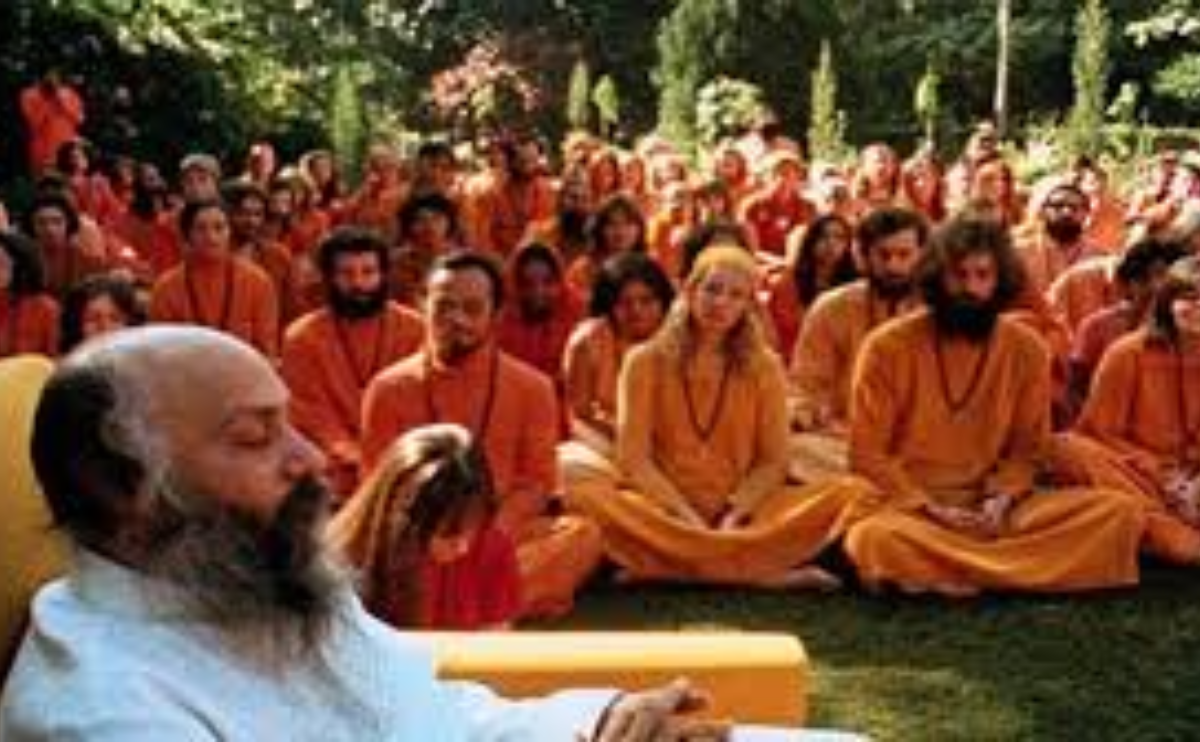Blog
Osho’s Awakening: A Rebel’s Spiritual Journey

In a world bound by conditioning, dogma, and unexamined routines, there occasionally arises a voice that questions everything. One such voice was that of Osho, a mystic who stood on the edges of society and spirituality, unafraid to challenge what the masses considered sacred. His life was not just a journey of self-discovery but an invitation to humanity to awaken, not to a religion or belief system, but to themselves.
Born as Rajneesh Chandra Mohan Jain in 1931 in Kuchwada, India, Osho’s early life hinted at the spiritual fire he would one day ignite. From a young age, he was drawn to solitude, questioning societal norms, and engaging deeply with existential inquiries. Unlike most spiritual leaders who begin their path through conformity, Osho’s path was marked by rebelliousness not for the sake of provocation, but for the sake of truth.
A Mystic Outside the Mold
Osho did not fit into any predefined framework. He was deeply spiritual but disavowed traditional religion. He promoted meditation but laughed at asceticism. He celebrated the body, the senses, and the beauty of life while urging seekers to rise above material attachments. His teachings were paradoxical, yet it was in this very paradox that their power resided.
He often said, “Truth is not something outside to be discovered, it is something inside to be realized.” This realization required more than prayer or ritual — it required inner work, silence, observation, and courage.
Meditation: The Doorway to Inner Liberation
At the heart of Osho’s teachings was meditation. But he redefined it. For Osho, meditation wasn’t sitting still with a quiet mind. In fact, he believed the mind was rarely quiet. His revolutionary contribution was the creation of Active Meditations — dynamic processes that combined movement, breath, sound, and stillness.
Some of these include:
- Dynamic Meditation – an intense method involving chaotic breathing, cathartic release, and deep silence.
- Kundalini Meditation – a shaking and dancing meditation to dissolve inner blockages.
- Nadabrahma – a humming-based technique to center the being.
These practices were designed for the modern individual — someone burdened by stress, suppressed emotions, and mental noise. Through these methods, Osho helped thousands experience a sense of freedom from judgment, inner baggage, and the compulsive need to conform.
Spiritual Growth Without Belief
Osho’s vision of spiritual growth did not involve believing in any god, prophet, or system. Instead, it meant becoming alert, aware, and conscious in daily life. He often emphasized that truth is not something taught — it is lived, and only in full awareness can one begin to understand the deeper layers of life.
He urged his followers not to become disciples but to become individuals, whole, free, and capable of thinking and feeling deeply. He wanted everyone to be their own light.
A Life That Provoked and Healed
Osho’s life wasn’t without controversy. His commune in Oregon, USA, known as Rajneeshpuram, drew global attention — not all of it positive. But even amid legal battles, media backlash, and exile, Osho remained unshaken in his core message: be yourself, fully and unapologetically.
He never sought followers — he sought seekers. People are willing to go within. People are unafraid to dismantle their identities in search of something real.
And for many, his teachings were healing. In an age marked by anxiety, performance, and identity crises, his words offered solace not by sugarcoating reality, but by encouraging a deep dive into it.
Teachings That Uplift the Modern Individual
Osho’s teachings remain timeless because they speak directly to the soul, bypassing religion, culture, or background. For individuals seeking self transformation, here are a few of Osho’s core insights:
1. Be a Witness, Not a Judge
Judgment binds. Witnessing liberates. Learn to observe your mind without labeling thoughts as good or bad.
2. Drop the Baggage
The past is a dead weight. The future is fantasy. Life is now. Carrying emotional baggage only distances you from reality.
3. Celebrate Life
Spirituality isn’t about renouncing life — it’s about celebrating it with awareness. Every act, from eating to loving, can become a meditation.
4. Create Space for Silence
In silence, the truth whispers. Dedicate moments each day to stillness — even five minutes can plant seeds of transformation.
5. Be an Individual, Not a Copy
Society wants conformity. Osho’s call was radical: dare to be yourself. That’s where true spiritual growth begins.
Why Osho Still Matters Today
In an age of endless content, comparison, and noise, Osho’s words cut through like a sword. He didn’t offer shortcuts — he offered tools. He didn’t promise salvation — he pointed inward. For readers looking for blogs to read that don’t just inform but transform, exploring Osho is more than reading a mystic — it’s meeting a mirror.
His voice continues to call: “Don’t follow me. Be yourself.”
And in that lies the real awakening.
Related Posts
Morning Magic: Gateway to Peace and Inner Clarity
-
Posted by
 The Power Withinn
The Power Withinn
- 0 comments
Divine Frequencies: Music as a Spiritual Gateway
-
Posted by
 The Power Withinn
The Power Withinn
- 0 comments
Unlocking The Magic: Secret Book’s Path to Gratitude
-
Posted by
 The Power Withinn
The Power Withinn
- 0 comments
Why Osho Says Meditation Is the Ultimate Life Shift
-
Posted by
 The Power Withinn
The Power Withinn
- 0 comments
Osho’s Dynamic Meditation: A Storm Toward Silence
-
Posted by
 The Power Withinn
The Power Withinn
- 0 comments
No Steps to Follow, Just the Freedom to Feel
-
Posted by
 The Power Withinn
The Power Withinn
- 0 comments
The Joy of Dying: Osho’s Radical View on Death and Life
-
Posted by
 The Power Withinn
The Power Withinn
- 0 comments
Osho Pune Commune: Celebrate, Meditate, Transform
-
Posted by
 The Power Withinn
The Power Withinn
- 0 comments
Essential Skills to Unlock True Personality Potential
-
Posted by
 The Power Withinn
The Power Withinn
- 0 comments
Unlocking Growth Through Body Language Mastery
-
Posted by
 The Power Withinn
The Power Withinn
- 0 comments
The Inner Revolution: Gratitude as a Way of Being
-
Posted by
 The Power Withinn
The Power Withinn
- 0 comments
From Shy to Spotlight: Speak with Confidence
-
Posted by
 The Power Withinn
The Power Withinn
- 0 comments











